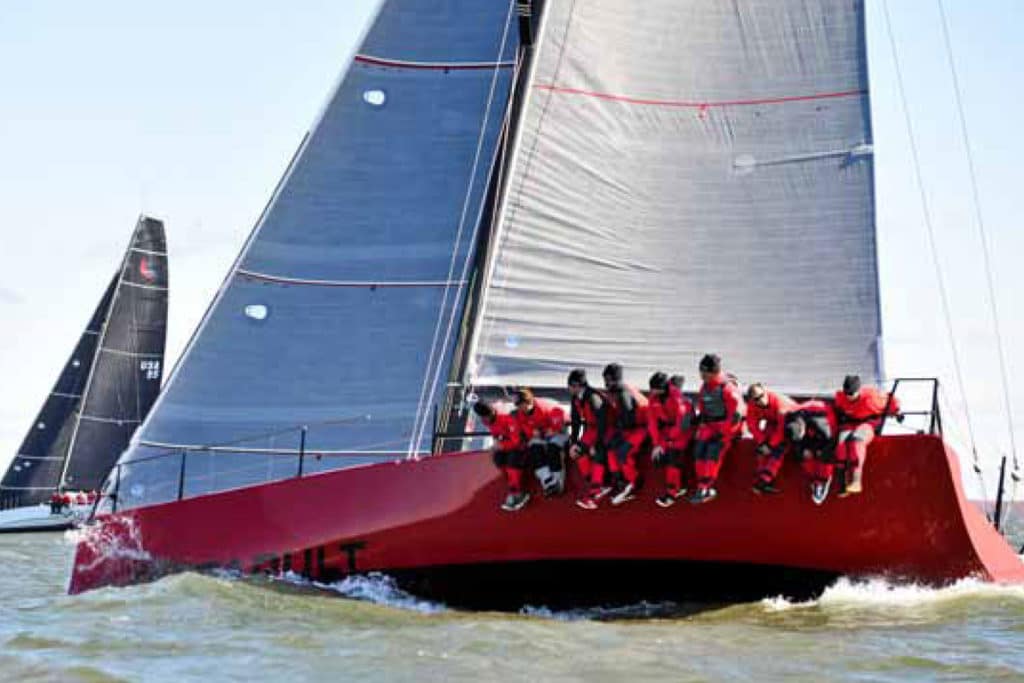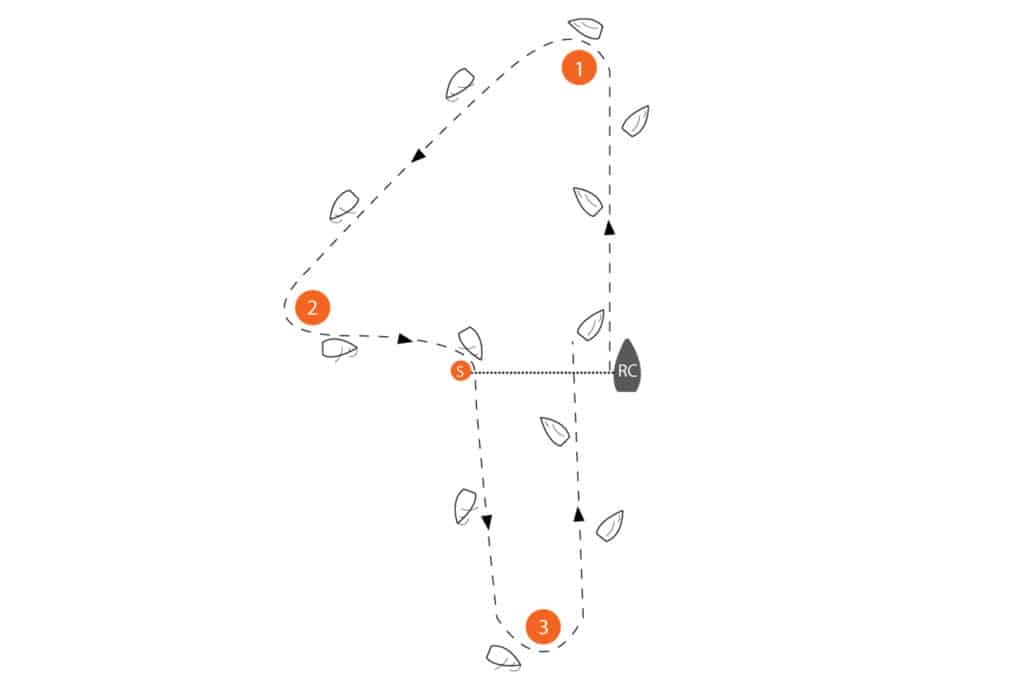The recent downturn in participation levels in big-boat racing has been explained as an inevitable artifact of modern life, as sailing loses market share to other activities that compete for our time and money. Some blame the expense of owning a boat, the hassle of getting a crew together, rating inequities, or even the vagaries of weather. But some organizers are starting to realize that maybe the game itself has lost its luster, even to the seasoned players, and that some fresh ideas are needed.
At the Annapolis Fall Big Boat Regatta last November, organizers from the Annapolis Match Race Center and the Storm Trysail Club came up with some clever format and scoring ideas to get a fleet out on relatively short notice to enjoy some great fall racing. The idea was to have one or two classes of 35- to 50-foot boats come together for multiple inshore races plus one day of distance racing on the Chesapeake Bay.
They opened the event to entries with either HPR or IRC certificates (or both) and offered trophies for winners being scored in both rating systems. This helped neutralize any arguments or concerns about the choice of rating systems.
A scoring gate was introduced for the offshore race so that as boats rounded a designated mark of the course, their elapsed times were taken and results were generated for a race of 1.0-point value. When the long offshore race was completed, the entire elapsed time was taken to calculate results for a race of 1.5-point value.
This race within a race put more points on the scoreboard and gave any boats possibly biased by a change in the conditions a chance to still do well. Scoring gates are a common feature in most ORC offshore championships in Europe but rarely seen in the United States.
For the remaining inshore racing portion, rather than only run multiple windward-leeward laps, the event offered a Harry Anderson course—one intercollegiate Laser sailors would recognize (see diagram).
This course provides a normal test of tactics and boathandling off the start and first beat, but then shifts over to sail trim and boathandling skills as crews wrestle with sail changes and sail trim they normally don’t get on a standard course. And unlike some past criticisms of reaches as being unable to produce passing opportunities, the speed and power of the modern HPR boats makes these legs very fast. The crew has to be on their game to execute the maneuvers efficiently.
This course was the last of the series in Annapolis and also produced the closest corrected time results of any race, with time margins of just seconds between the top three finishers.
“The teams really liked this format,” says PRO Jeff Borland of AMRC. “With this variation in course styles, we think our winners had to demonstrate a broader range of skills than in most inshore regattas, and they didn’t win by much. But more importantly, everyone had a lot of fun.”


This course offers an alternative to traditional windward/leewards. After starting, the “Harry A” takes sailors on a short beat to a windward mark 1 rounded to port, and then on a long spinnaker-reaching leg. A jibe mark 2 is followed by a shorter, closer reach at the cross-over angle to the starting pin s. From there, it’s a run to the leeward mark 3 and a final, short beat to the finish.









